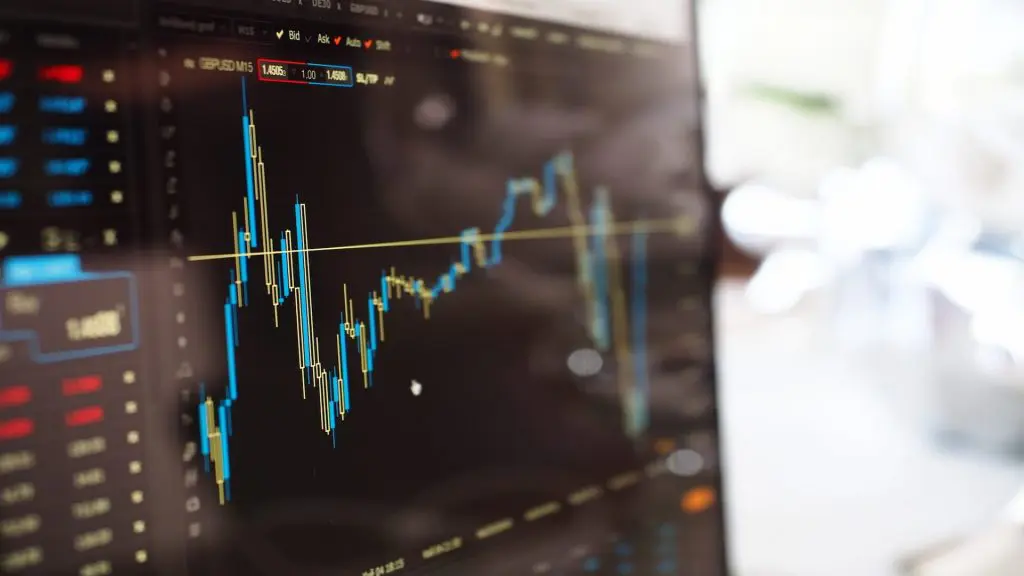In the last article How To Forecast Demand For a New Product, we have already highlighted the complexity and the importance of the new product forecasting. We also give some rules for the aggregation of similar products: by analogy, by collections and by life-cycle. In this article, we focus on the analogy aggregation powered by machine learning.
Why is machine learning so important for new product forecasting?
To answer this question, let us imagine to be a company which wants to launch a new product on the market. Let us also suppose that this product belongs to a new collection and to a completely new category, so it is not a variant of an existing product. You can imagine that the hardest task is to find similar products in order to do the forecast. Two different machine learning techniques can be used in similar contexts: unsupervised and supervised learning.
Supervised Learning for New Product Forecasting
If you know the similarity groups of your catalog, you are able to assign a different class to each product. You can define an arbitrary number of classes, but each of them must be widely represented by an adequate number of products. Once the classes are defined, you have to represent a product with an item description. You can add an arbitrary number of (hopefully relevant) attributes: raw materials, colors, sizes and others. Supervised machine learning methods will train a classifier able to map every product to the related class through the item description. Hence, given a new product, you have to describe it, then the trained machine learning model assigns to it the most appropriate class.
Once found the set of similar products, you can do the forecast of the new products in several ways. See the article How To Forecast Demand For a New Product for more details.
Unsupervised Learning for New Product Forecasting
In the supervised learning you have to manually assign a class to each product of your catalog. But, what if your catalog is about thousand of SKUs? It could be a very demanding operation. Unsupervised learning can do it for you, but you have to describe your products with relevant attributes. There exist well-known clustering techniques able to group all your products in different clusters using similarity criteria between attributes. Once the clusters are computed, you can find products which are similar to the considered new product. Once the similar products are found, then you can do the forecast as in the previous case.






